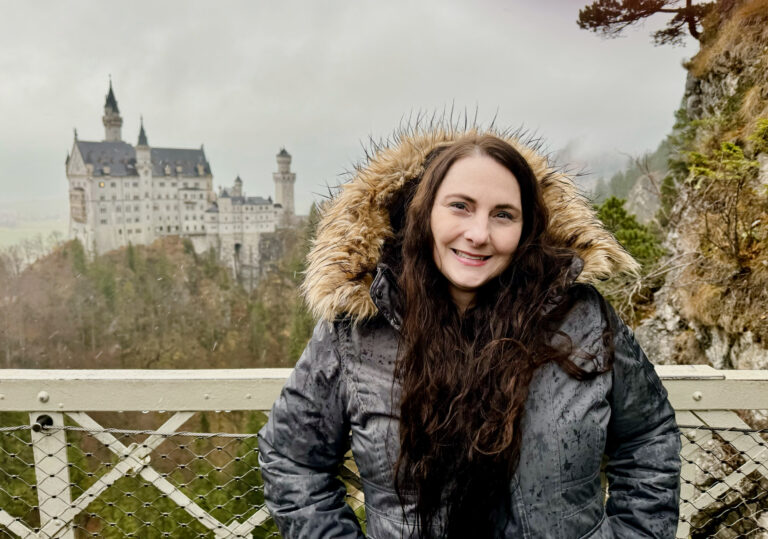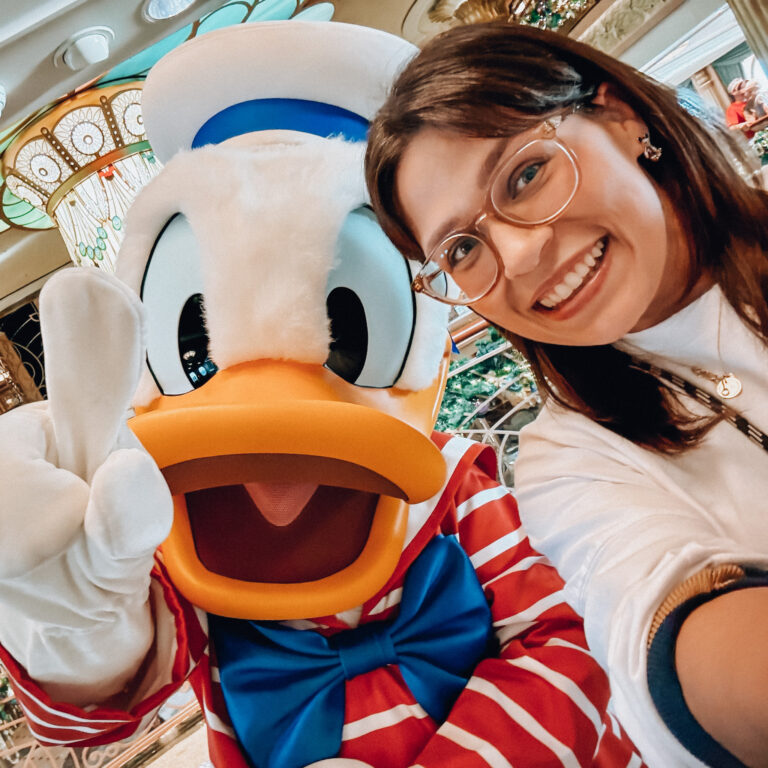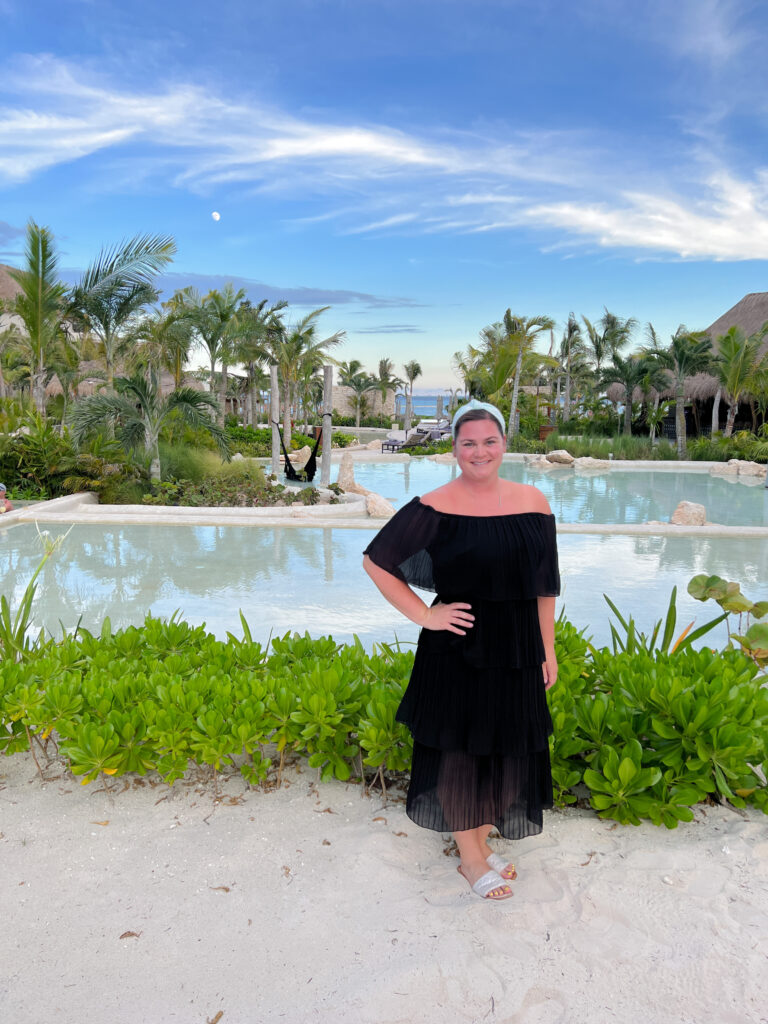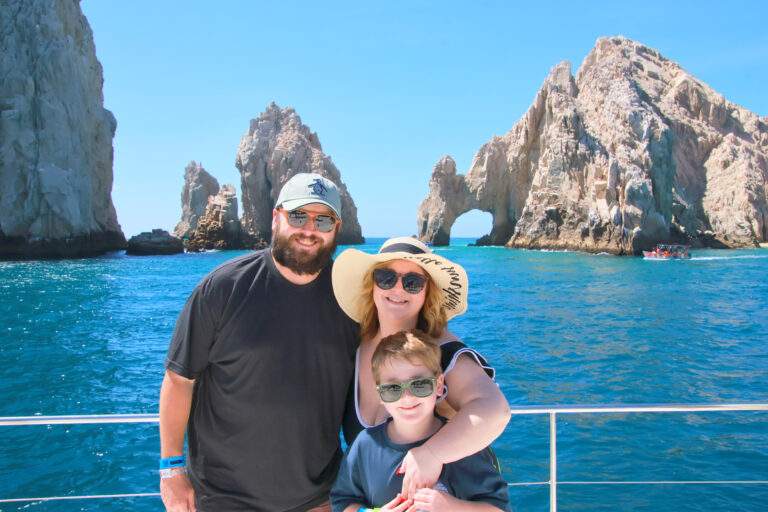We recognize that vacations are not just an investment, but often the highlights of our lives, and we take that responsibility seriously. We want to ensure you have the best vacation experience.
Interested in a job in travel? Click here to learn: How to Become a Travel Agent
Baalbek, in the northern Bekaa Valley, 55 mi/85 km east of Beirut, has the most impressive classical ruins in Lebanon, and it's one of the most important Roman sites in the Middle East. Although the town predates Roman times, little is left of the Ph...
Categories: Baalbek
This splendid mountain resort, 78 mi/125 km northeast of Beirut, is perched above the eastern end of the beautiful Kadisha Gorge. The town's red-tiled roofs, olive groves and mountain scenery are reminiscent of a Greek village—or a half-dozen other s...
Categories: Bcharre
In the Lebanese capital Beirut, scars from conflict can still be seen – but is no longer a focal point. Historical downtown has been revived to nearly its pre-war glory where several government buildings and churches beckon to be visited. The new res...
Categories: Beirut
Beiteddine, Lebanon, is 30 mi/45 km southeast of Beirut. The Palace of Beiteddine is one of the most popular day trips from Beirut, and the drive through the beautiful Chouf Mountains is an added bonus. The palace, completed in the early 1800s, is th...
Categories: Beiteddine
Categories: Byblos
A cedar tree graces Lebanon's flag, though few of the fabled trees remain. If you want to see them, it will require some effort on your part. The best place to get a look at the famous trees is at the grove on Mount Makmal (about 5 mi/10 km east of B...
Categories: Cedars of Lebanon
This village in the Mount Lebanon range, on the road from Tripoli to Bcharre, is a gateway to some of the best scenery in the country. Located near the Kadisha Gorge, Ehden is a good base for visiting the Horsh Ehden Forest Nature Reserve, which prot...
Categories: Ehden
Categories: Hadath el Jebbeh
Although other cities may claim to be the oldest continuously inhabited city in the world, Jbail, or Byblos, has the goods to back its claim. And visitors will be happy to discover that the evidence (spanning approximately 6,000 years) is located in ...
Categories: Jbail
The Lebanese love to show visitors this natural wonder, with its many stalagmites and stalactites in a series of caves. In summer, a boat ferries passengers across a subterranean lake, which is the source of Nahr al-Kalb (the Dog River). In the past,...
Categories: Jeita Grotto
Jounieh, 15 mi/20 km north of Beirut, was a quiet, quaint town until fighting in the capital caused scores of Beirutis to relocate there. The influx of people begot high-rise development, and Beirutis, naturally, brought with them a demand for nightl...
Categories: Jounieh
Like most coastal cities in Lebanon, Sidon (Saida in Arabic), 25 mi/40 km south of Beirut, was a Phoenician settlement founded around 4000 BC. Its name means "fortified," but this didn't stop a long list of invading armies over the centuries. An eart...
Categories: Sidon
Categories: Taanayel
Lebanon's second-largest city, 50 mi/80 km north of Beirut, is a bit off the beaten tourist track, but Tripoli merits a day's visit. It has a more distinctively Arab atmosphere than other cities in Lebanon and also includes many Crusader-era and medi...
Categories: Tripoli Lebanon
As a Phoenician city, Tyre was so powerful that the Mediterranean Sea was then called the Tyrian Sea. For centuries its walls were deemed impregnable, but today it depends on its status as a UNESCO World Heritage site for protection. Greek, Roman and...
Categories: Tyre
If you want to overnight in the Bekaa Valley (before or after visiting Baalbek), Zahle, Lebanon, is a good spot. This resort town is situated in a nice river valley 35 mi/55 km east of Beirut, and it's known as the restaurant and wine capital of Leba...
Categories: Zahle






































